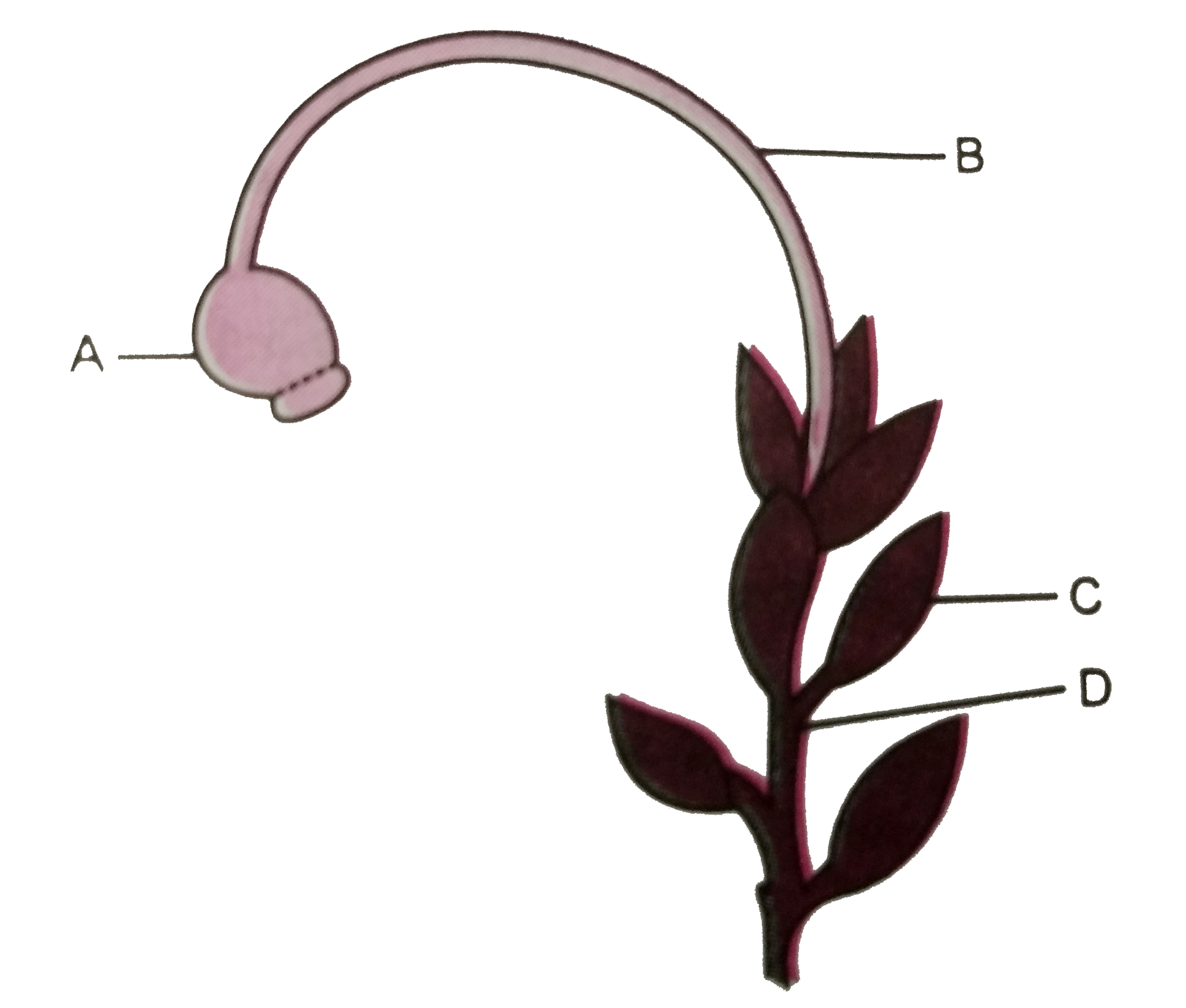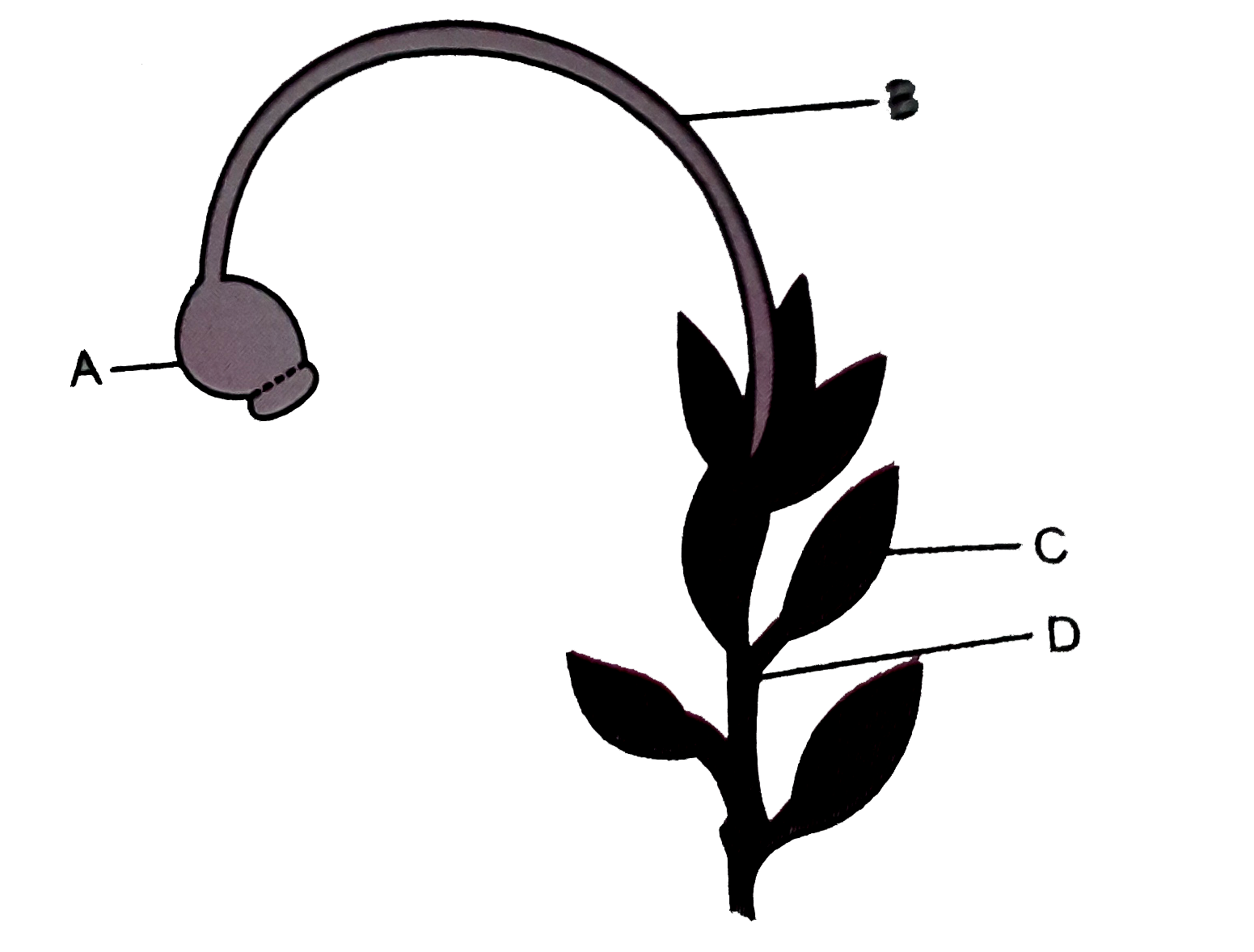A,B and C are living organisms, Identify the group to which they belong on the basis of following features
A. Unicellular, microscopic, eukaryotic and shows locomotion with the help of pseudopodia.
B. Unicellular, microscopic, prokaryotic and has cell wall.
C. Multicellular, filamentous, eukaryotic, autotrophic and aquatic,
The correct Answer is:A= Protista
B= Monera
C= Algae (Plank kingdom)
To identify the groups to which organisms A, B, and C belong based on the provided features, we can analyze each organism step by step.
Step 1: Analyze Organism A
- Features: Unicellular, microscopic, eukaryotic, shows locomotion with the help of pseudopodia.
- Identification:
- Since it is unicellular and eukaryotic, it belongs to the kingdom Protista.
- The locomotion with pseudopodia indicates it is similar to Amoeba, which is a well-known organism in this group.
Conclusion for A: Organism A belongs to the Kingdom Protista.
Step 2: Analyze Organism B
- Features: Unicellular, microscopic, prokaryotic, has a cell wall.
- Identification:
- Being unicellular and prokaryotic means it lacks a defined nucleus.
- The presence of a cell wall is characteristic of bacteria.
- Therefore, this organism fits into the kingdom Monera, which includes all prokaryotic organisms.
Conclusion for B: Organism B belongs to the Kingdom Monera.
Step 3: Analyze Organism C
- Features: Multicellular, filamentous, eukaryotic, autotrophic, and aquatic.
- Identification:
- Since it is multicellular and eukaryotic, it cannot belong to Protista or Monera.
- Being autotrophic indicates it can perform photosynthesis, which is typical for plants.
- The filamentous structure suggests it is similar to algae, which are aquatic and belong to the plant kingdom.
Conclusion for C: Organism C belongs to the Kingdom Plantae.
Final Summary:
- Organism A: Kingdom Protista
- Organism B: Kingdom Monera
- Organism C: Kingdom Plantae
---
- Features: Unicellular, microscopic, eukaryotic, shows locomotion with the help of pseudopodia.
- Identification:
- Since it is unicellular and eukaryotic, it belongs to the kingdom Protista.
- The locomotion with pseudopodia indicates it is similar to Amoeba, which is a well-known organism in this group.
Conclusion for A: Organism A belongs to the Kingdom Protista.
- Features: Unicellular, microscopic, prokaryotic, has a cell wall.
- Identification:
- Being unicellular and prokaryotic means it lacks a defined nucleus.
- The presence of a cell wall is characteristic of bacteria.
- Therefore, this organism fits into the kingdom Monera, which includes all prokaryotic organisms.
- Features: Multicellular, filamentous, eukaryotic, autotrophic, and aquatic.
- Identification:
- Since it is multicellular and eukaryotic, it cannot belong to Protista or Monera.
- Being autotrophic indicates it can perform photosynthesis, which is typical for plants.
- The filamentous structure suggests it is similar to algae, which are aquatic and belong to the plant kingdom.
- Organism A: Kingdom Protista
- Organism B: Kingdom Monera
- Organism C: Kingdom Plantae
Topper's Solved these Questions
- BOOK - PRADEEPCHAPTER - DIVERSITY IN LIVING ORGANISMS EXERCISE - ANALYTICAL11videos
DIVERSITY IN LIVING ORGANISMS
- BOOK - PRADEEPCHAPTER - DIVERSITY IN LIVING ORGANISMS EXERCISE - VERY SHORT ANSWER QUESTIONS43videos
DIVERSITY IN LIVING ORGANISMS
- BOOK - PRADEEPCHAPTER - HEALTH AND DISEASESEXERCISE - Analytical12videos
HEALTH AND DISEASES
Similar Questions
A,B and C are living organisms, Identify the group to which they belong on the basis of following features
A. Unicellular, microscopic, eukaryotic and shows locomotion with the help of pseudopodia.
B. Unicellular, microscopic, prokaryotic and has cell wall.
C. Multicellular, filamentous, eukaryotic, autotrophic and aquatic,View SolutionIdentify the tissue which shows the following features :
(a) All the cells are of one type
(b) The cells are living and have thin cellulose wall
(c) The cells have prominent nuclei and very few vacuoles
(d) The cells divide regularlyView Solution
Knowledge Check
- Question 1 - Select One
Which of the following are eukaryotic multicellular organisms having cells with cell wall and show heterotrophic mode of nutrition?
APlantaeBAnimaliaCProtistaDFungi - Question 2 - Select One
Identify the cell organelle on the basis of given features.
a. Usually found near the nucleus
b. It has two faces, one convex and other concave
c. Site of post translational of proteinsALeucoplastBGolgi complexCEndoplasmic reticulamDRibosome - Question 3 - Select One
An organism has been identified with following characteristics.
A. Single-celled
B. Eukaryotic
C. Photosynthetic
In which kingdom will you place this organism based on above features?AMoneraBProtistaCPlantaeDFungi
Your teacher has provided you the following picture of a plant. Name it and identify the group to which it belongs. Name its four parts labelled as A, B, C and D.
 View Solution
View SolutionYour teacher has provided you the following picture of a plant.
Name it and identify the group to which it belongs . Names its four parts labelled as A,B,C and D
 View Solution
View SolutionHistory |Protoplasm |Electron Microscope|Cell Theory|Unicellular VS Multicellular|Types Of Cells |Overview Of Cell|Eukaryotic And Prokaryotic Cells
View SolutionConsider the following statements with respect to haracteristic features of the kingdom
of the above statements
AIn animalia the mode of nutrition is autotrophic
B In monera the nuclear membrane is present
C In protista the cell type is prokaryotic
D In plantae the cell wall is presentView SolutionConsider the following statements about features of kingdoms
(a) In animalia, the mode of nutrition is autotorphic
(b) In monera, the nuclear memrane is present
(c ) In protista, the cell type is prokaryotic
(d) In plantae, the cell wall is present.
Of the above statementsView Solution

